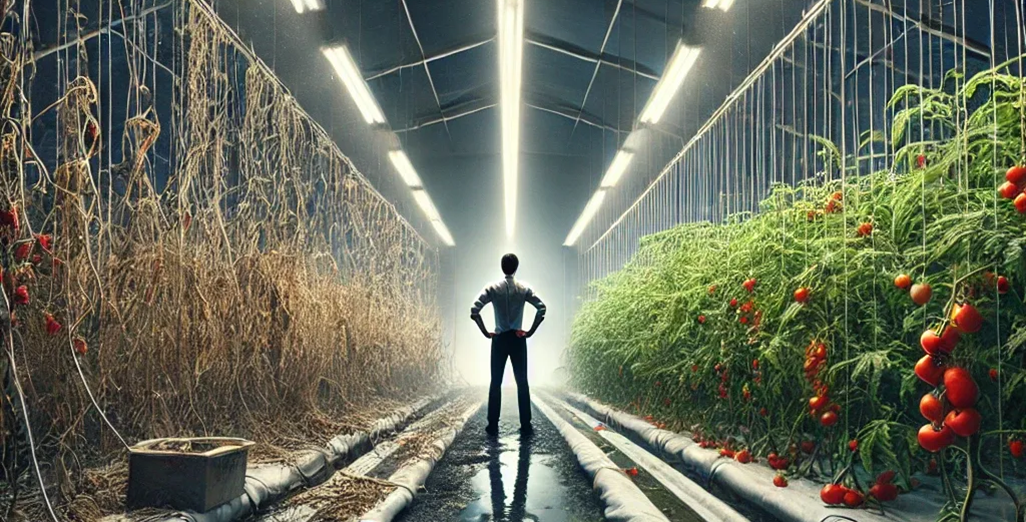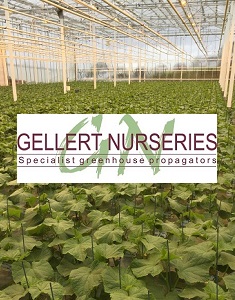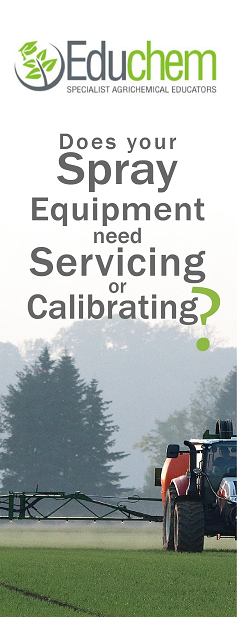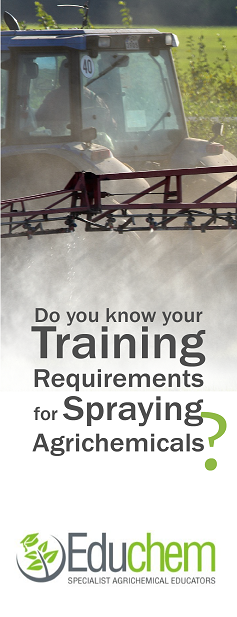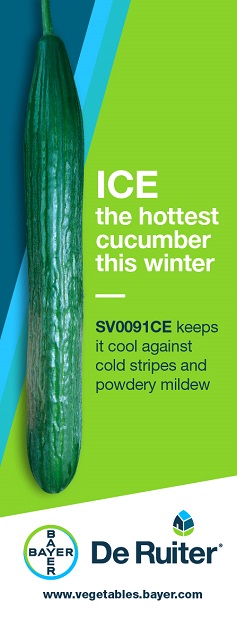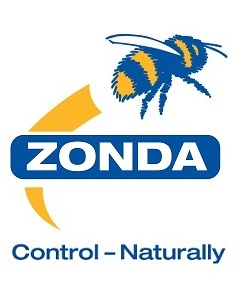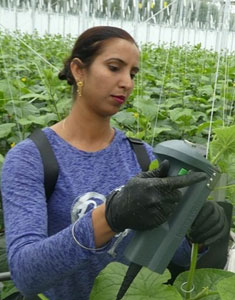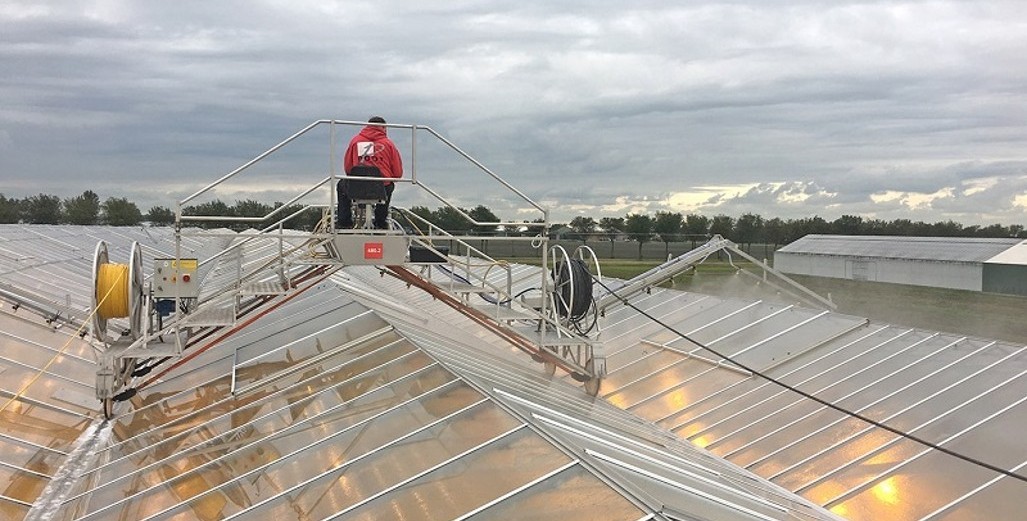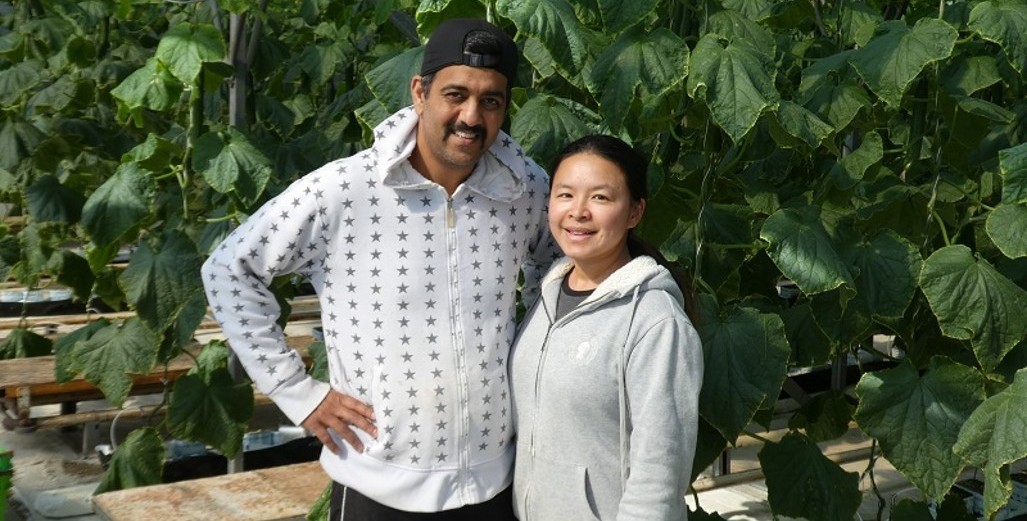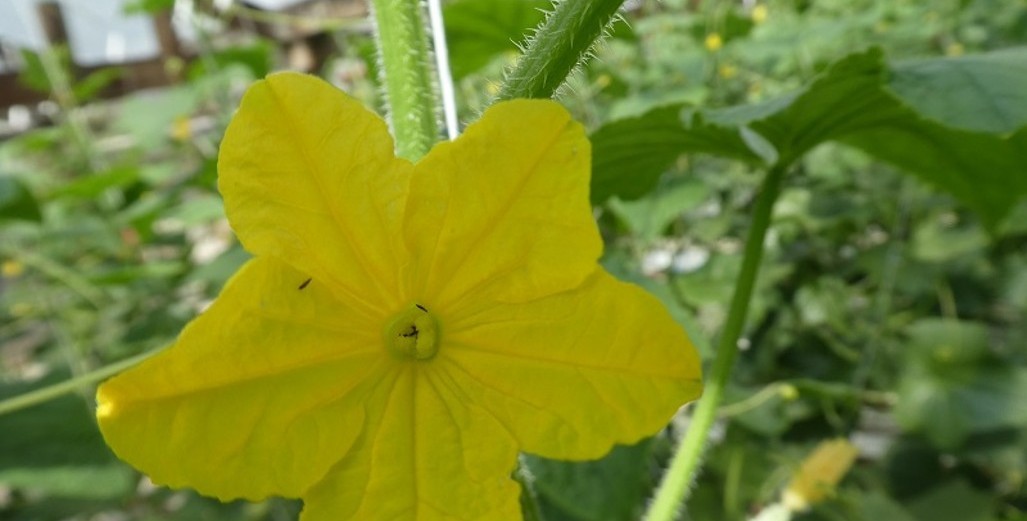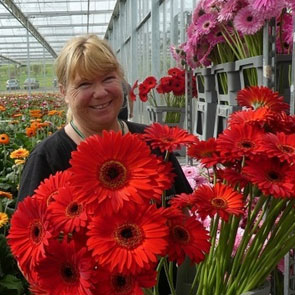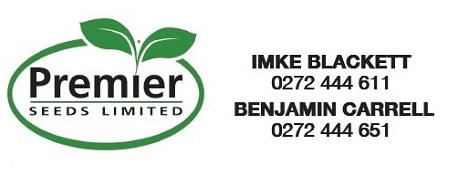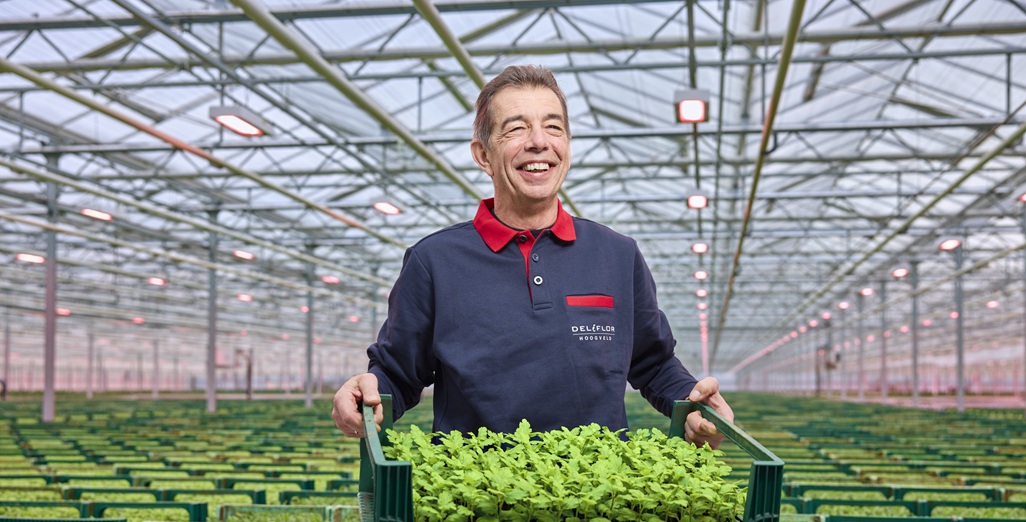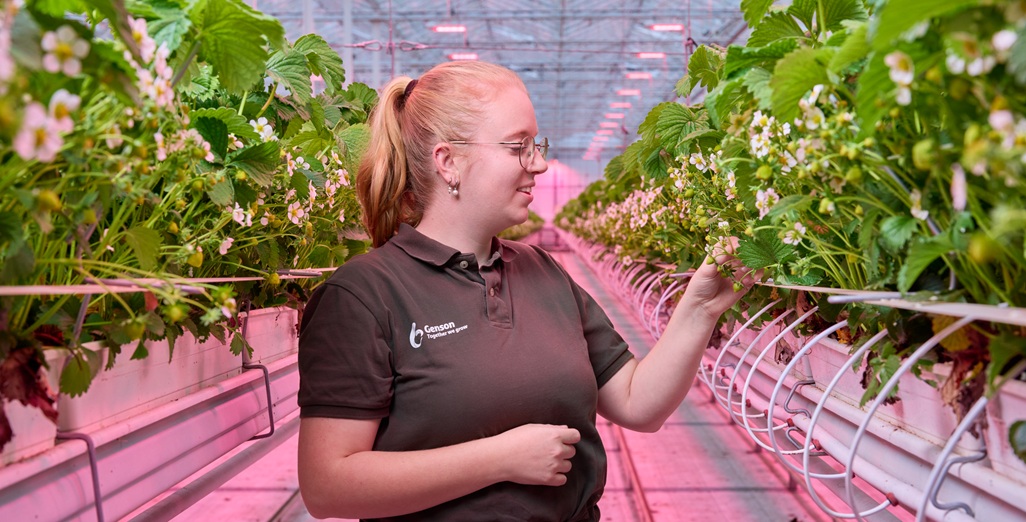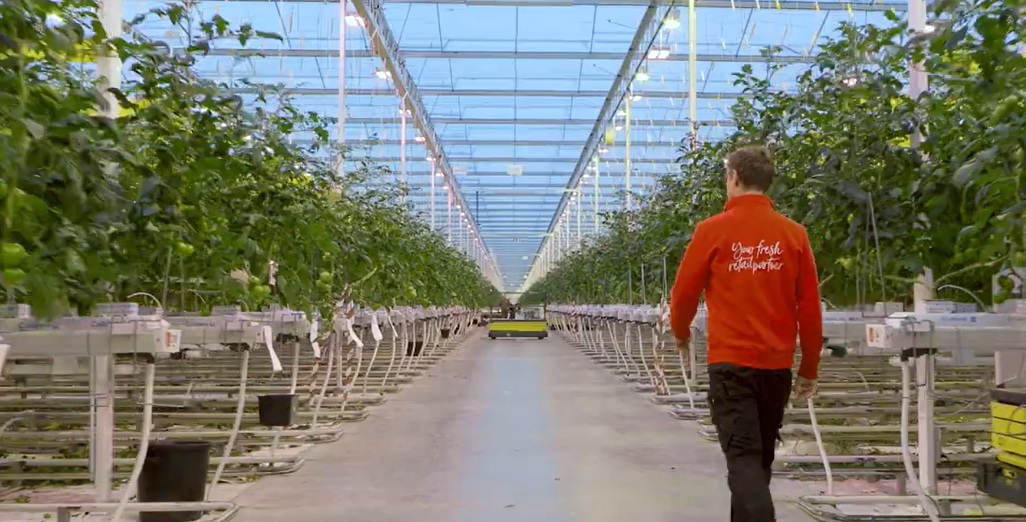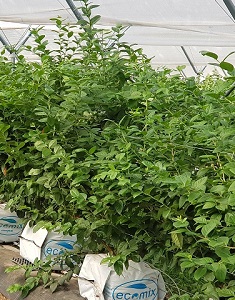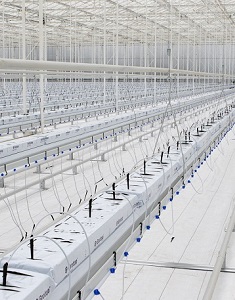Sign up here to subscribe to the Grower2grower Ezine. Every two weeks you will receive new articles, specific to the protected cropping industry, informing you of industry news and events straight to your inbox.
Mar 2022
A cyclone of diseases is here
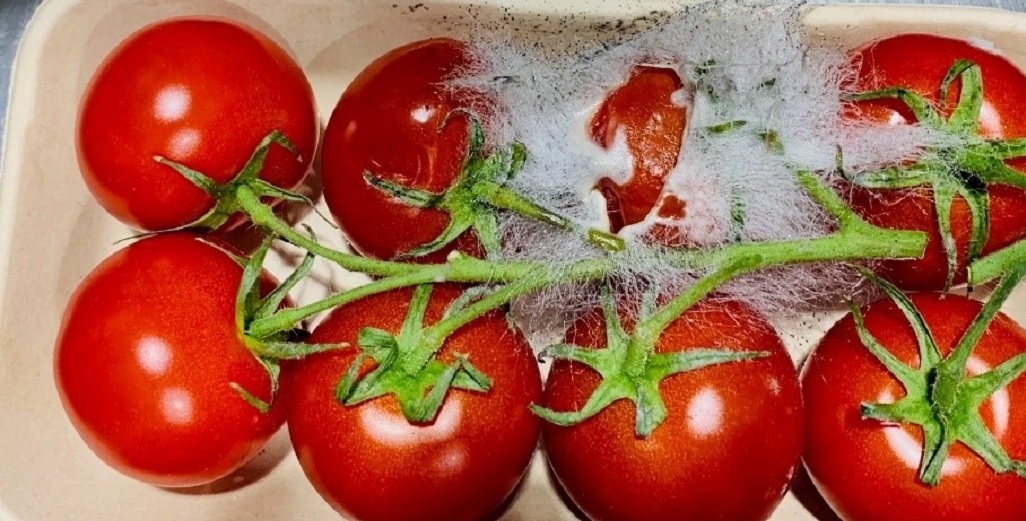
Botrytis
“Most of us in the industry know and understand this disease to some point, however we sometimes forget to be preventative in managing potential outbreaks, and yes this article might be slightly late for some, but for those who have not been hit by it yet, prevention, prevention, prevention.”
High humidity, dense plant canopies with associated lower internal ventilation, lower light and mild temperatures are perfect conditions for infection. Any cut, scrape, or bruise is susceptible to botrytis. Harvest scars, pruning lesions or any plant damage are especially susceptible. The first signs of the disease appear on lower portions of the plant wherever there is tender tissue such as flowers, fruits, or seedlings. The climate during the last weeks’ with high relative humidity, lower light conditions (cloud cover) as well as temperatures in the mid 20’s would have given Botrytis the opportunity to have a full-on party in the paddocks and Glasshouses, and is now spreading the love all over the place. Botrytis is a very opportunistic and unique fungus that can survive and thrive without a live host e.g., on soil surface pruning residue, leaf litter etc. The moment conditions are favorable the fungus will take hold and breed like nobody’s business, causing plant and production losses and post-harvest headaches down the line!

Prevention
- Prune, stake or trellis plants with the focus on light penetration and improving air circulation
- Search out and do preventative plant (or structure) maintenance in potential hot-spots e.g. wet areas or places prone to poorer ventilation or light reduction.
- When climate conditions are conducive to disease development, do preventative application of fungicides or biological preventative products.
- Disinfect pruning equipment as often as is practical with products or approved disinfectant in accordance with registration under ACVM Act 1997
- Carefully remove & destroy all plant debris and infected material and do a thorough clean up and disinfection after each season
Treatment
- The most important step is to first identify any areas that indicate Botrytis infection.
- Remove the infected plant material, and if possible, bag the material before cutting it to prevent the clouds of spores from spreading into the air and onto surrounding plants.
- The cut should be made 1 to 2 cm below the infected areas as to ensure all infected material is removed from the environment.
- If Botrytis is present (= conditions good for development & spread) and treatment is planned for another disease/pest spray application, applications that do not contain a Botryticide, may just spread this disease even further by creating wet plants and even higher disease pressure. If possible, ad a product to control Botrytis too.
- Botrytis spores are highly hydrophobic – when applying your control product, ensure a good wetter is used and that the spray pressure is correctly set to prevent “blowing” spores around
- Clean your field or Greenhouse/glasshouse with registered disinfectants or apply a registered soil treatment post-harvest to ensure less risk of future infections.
For growers, a “better safe than sorry” and “early is best” approach to Botrytis is always the best way forward. Prevention is always better than cure.
Article content and images supplied by Liandra von Below de Vries
Contact Liandra:
Ph: 027 420 1392
E: liandra.vonbelow@gmail.com
CLASSIFIED
Photo
Gallery
Subscribe to our E-Zine
More
From This Category
Intelligent Philips LED solution helps Deliflor Hoogveld significantly improve its chrysanthemum cutting production
Genson grows high-quality winter strawberries while creating a pleasant work environment with Philips horticulture LED
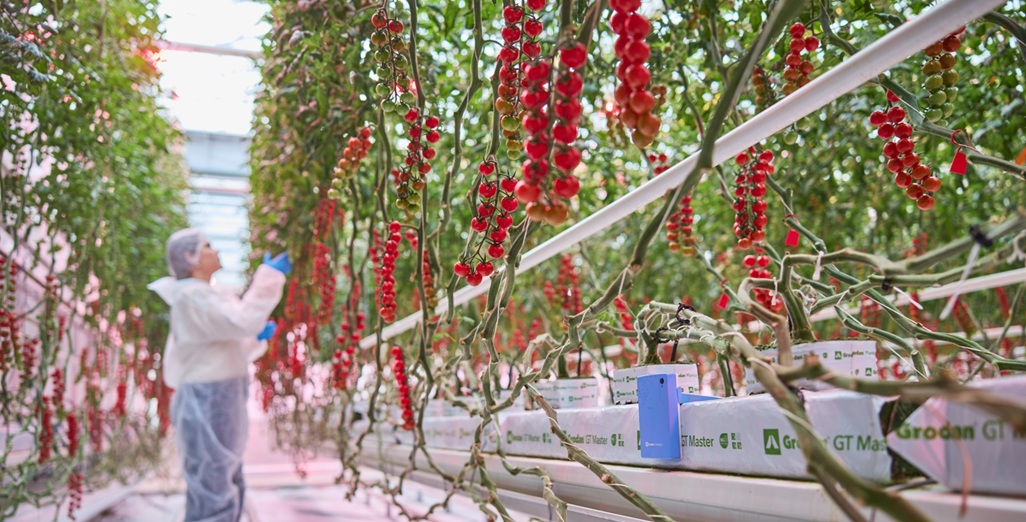
Grodan and Philips Horticulture LED Solutions demonstrate additional heat input reduction while growing very flavorful quality tomatoes
Dynamically controllable LED grow lights for plant nursery
